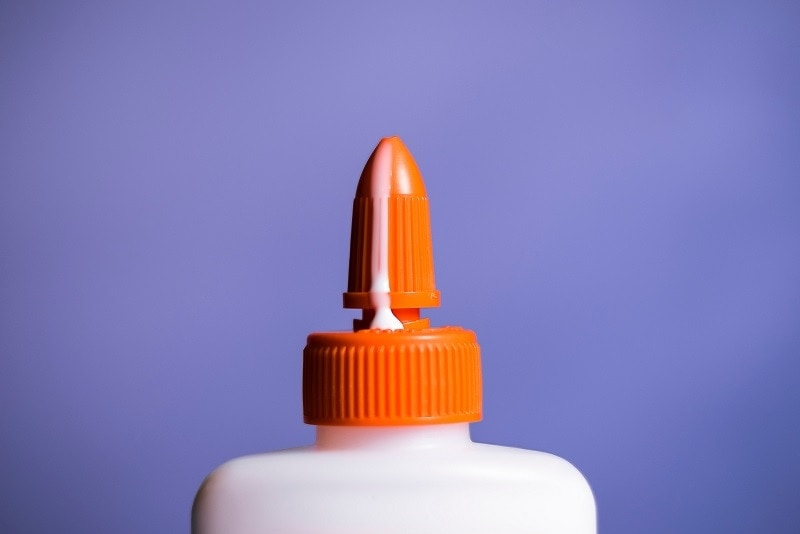
What Is PVA Glue?

PVA glue is just glue with a unique additive called Polyvinyl Acetates. Polyvinyl Acetates are a obvious, odorless, rubbery polymer that aids to seal up the pores in whatsoever material it’s applied to. These polymers are thick so they can protect up the holes and produce a excellent area for applying finishes like paint or stain. It is also excellent for basically attaching two porous materials jointly, this kind of as wooden, paper, or cloth. The polymers support to increase the adhesion between the two materials, making for a strong and everlasting bond.
Is PVA the Same as Elmer’s Glue?
Honestly, they are rather shut. Some people even use the names interchangeably. Nevertheless, Elmer’s Glue isn’t a fantastic decision for specialist function or everything you prepare to offer. PVA glue is everlasting and will not crack down or yellow more than time. Elmer’s, on the other hand, will commence to degrade following a number of several years and may well appear apart. On prime of this, Elmer’s Glue tends to yellow as it ages, which can damage the seem of artwork and crafts manufactured with it.
When to Use PVA Glue
Folks use PVA glue for a broad selection of duties. It’s fantastic for woodworking, crafts, artwork, and even for generating a very good surface area to accept finishes.
- Joining two pieces of wood
- Binding for books
- Adhesive for paper
- Envelope adhesive
- Adhesive for installing wallpaper
- Crafts
- Art
- Mixed with water to seal wood for finishing
- Mixed with water to coat drywall for paint
Benefits of PVA Glue

There are several motives why you may choose for PVA glue in excess of one more type of glue. Some of these causes contain:
- It doesn’t turn yellow over time
- PVA glue doesn’t lose adhesion with age
- It’s non-toxic unless ingested
- No harmful fumes or odors
- Dries clear
- Doesn’t change the pH of materials it contacts
- It’s flexible when dry
- It’s water-soluble
- It can be painted over
Drawbacks of PVA Glue
Whilst PVA glue is a fantastic material to use and is typically a better choice than other varieties of adhesives, it’s not perfect. There are negatives connected with PVA glue, this kind of as:
- It requires 24 hours to fully cure
- You can’t freeze PVA or it will break up the polymer
- You can’t varnish over PVA
- It’s not waterproof
- Fungi, algae, yeasts, and bacteria break down PVA
Types of PVA Glue
PVA arrives in numerous varieties, and each and every range is very best suited for specific uses.
Regular PVA Glue
This is the type of PVA most frequently utilised for crafts, artwork, bookbinding, sealing bins, and far more. It’s a white glue when it’s wet, however it dries fully clear. When dry, it is entirely long term and continues to be versatile.
PVA Wood Glue
PVA wooden glue is intended particularly for signing up for items of wood jointly. It’s meant to take in into the wooden and give a excellent keep in contrast to other varieties of glue. Relatively than drying obvious like standard PVA glue, PVA wooden glue has a yellow tint so it blends in better with the normal colour of wood. You can also combine PVA wooden glue with h2o to skinny it out, which permits you to use it as a sealer and primer for the wooden so it will far more commonly acknowledge paint.
PVA Water-Resistant Glue

One particular of the primary negatives of PVA glue is that it’s not watertight considering that it is water-soluble. But PVA h2o-resistant glue fixes this situation. It resists humidity and mildew, but it’s not quite watertight. If submerged, it will lose a great deal of its hold. Nonetheless, it can withstand inclement temperature and humidity.
PVA Primer
PVA primer is a thinned down model of PVA glue. You can make your personal PVA primer by just introducing water to your PVA glue. Once it’s in primer form, you can simply use it to coat porous components, so they’ll be all set for portray. Drywall primer is always PVA primer, and it’s excellent for sealing all the tiny holes in drywall that suck up paint, minimizing the total number of topcoats you’ll have to utilize.
Conclusion
PVA Glue is a great substance that is perfect for a broad assortment of makes use of. You may locate oneself making use of PVA glue for art, crafts, woodworking, bookbinding, or a lot of other duties. If typical PVA isn’t excellent for your wants, there may possibly be another variation of PVA that is. It is ideal for joining wood jointly or even making a finish that will acknowledge paint. It can even be used as a primer to seal new drywall just before painting. Nevertheless you strategy to use PVA glue, hopefully, you are now outfitted with all the information you want.
Featured Image Credit rating: Scott Sanker, unsplash
Contents
